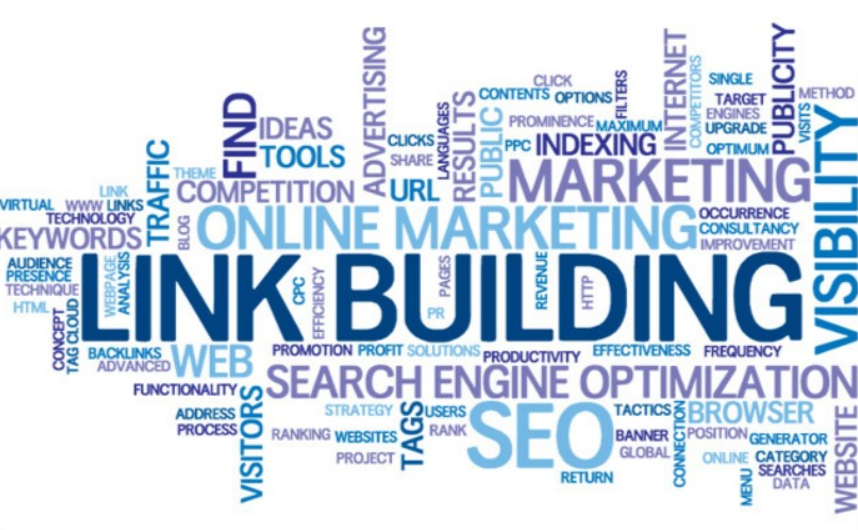1.Understanding Your Audience And Keywords
As with SEO for other industries, knowing your audience in the form of buyer persona is essential. You will need to understand their behavior, as well as what they are actually searching for. In relation to SEO, the main purpose here is to understand the needs of your audience, so that you can tailor your content to answer those needs. As mentioned above, generally the tech audience is looking for information that are detailed, specific, and highly technical. Build a keyword list based on what you’ve learned about your audience. Keyword research can make or break the whole SEO strategy for your business, so do your homework, use all the available tools, and do this step as well as possible. A huge part of keyword research is competitive analysis (link to previous guide), as you will need to always keep tabs on what your competitors are doing.2. Develop Your Contents
Since as mentioned, the general audience of the tech market demands unique, highly technical content, you will need a dedicated marketer or content writer with solid experience with tech industry, tech companies, and /or the SAAS industry.Another option is to outsource to on SEO agency with those experiences. It is always wise to plan an editorial calendar up front for at least 3 months. If you can, develop a 12-month editorial calendar covering topics based on your keyword research. Regularly producing contents have many benefits, both inside and outside of the SEO spectrum. First, it does send signals to Google that your website is active, while also slowly building authority and relevancy of your site. Contents are also one of your biggest promotional assets, and can effectively increase conversion. Publish technical and informative articles as much as you can, but you can also publish ‘regular’ posts such as:- current trends in the industry
- statistical articles
- ‘behind-the-scenes’ posts, such as thoughts pieces of your team members or executives
- analysis of current events in your industry
3. Optimizing Technical Factors
Google do take your site’s load speed and the overall user experience into account for your ranking. The first thing you should focus on is improving the load speed, as it will directly impact the bounce rate, a major ranking signal.Visitors nowadays(probably including you and me) are very demanding regarding load speed, and on average will expect just three seconds of load time before they’ll move on. Thanks to Google RankBrain (link to previous article), Google is now getting smarter in detecting this bounce rate, and can downgrade your rank when it is too high. Of course, other factors can determine bounce rate and dwell time, such as your content quality and overall user experience. So, run SEO and site performance tests regularly, and see where improvements can be made. There are a lot of tools available to help you with this, but Google’s free tool is a good place to start. Mobile-friendly responsive design is also a must nowadays, another major ranking signal.Use Google’s Mobile-Friendly Test Tool to test your site. There are other technical areas that can improve your SEO progress such as Metadata, HTML tags and length, and your overall site architecture. This guide by DMN3 will help you get started.4. Schema Markup (Structured Data)
Structured data implementation is often downplayed by many SEO practitioners, but yet it is a very effective way to boost both your ranking and traffic. Considering the tech industry is highly competitive, with just about all of your competitors have strong online presence and SEO capabilities, structured data might just be the way to get ahead. Considering less than 20% of SEO marketers are implementing structured data optimization, you are already ahead of the pack by doing this. So, what is structured data and Schema markup? Schema.org is a collaboration between the four biggest search engines: Google, Yahoo!, Bing, and Yandex, which is basically a property or attribute microdata that allows the search engines to parse the information on your website better. Think of this as giving name tags to your site, so that Google will recognize it better. There are many benefits from implementing structured data besides more relevance and authority: you can get rich search results which is absolutely beneficial in getting more traffic. Discussing structured data implementation here won’t give it much justice, as it is a pretty broad area by itself. Refer to our previous guide on structured data implementation for SEO here. (link)- Go Local
- Off-Site Seo


